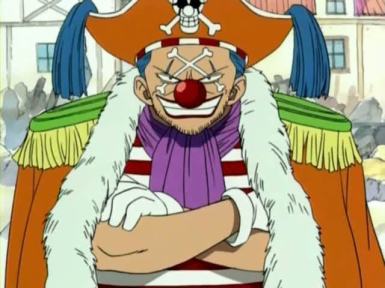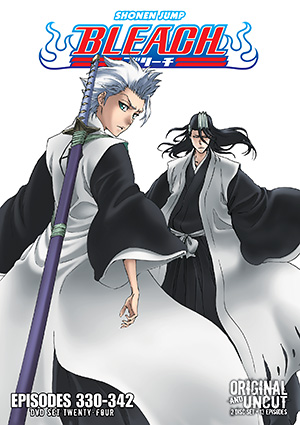Many a longtime reader of this blog – and anyone who knows me in person – can testify that I am extra picky about what writers and stories I consider “masters of the craft”, especially when it comes to characters. Of that handful I currently have, Hiromu Arakawa has a firm, uncontested spot.
The Manga and Brotherhood variants of Fullmetal Alchemist are an absolute treasure trove when it comes to detailed, flawed characters that just about every viewer will fall in love with. As a writer, I’m usually in awe of Arakawa’s ability to make a streamlined narrative, that’s equal parts funny and dramatic, and the amazing characters that carry it forward. It’s very rare to find an anime with a cast that’s as well loved as this one and I couldn’t help but wonder what it was about them that sticks with everyone so well.
And, well, you know I can’t resist deep character dives. And before you move on, be aware: spoilers ahead.

Arakawa’s strategy seems to start with something I think many a writer wants initially: memorability. I’ve recently had the “joy” of reading a book that had a good plot, and fascinating villains, but I found myself bored because the protagonist in question was a generic, leather-clad action girl with the social skills of a rock. Your character’s arc, motivations, and story mean next to nothing if the character is a bland, blank slate that could easily get lost in the crowd.
 Arakawa has this skill down pat: each character features not only a unique look, down to the side profile but a personality that could easily become their trademark. Hughes’ kind heart, busybody nature, and outright worship of his family would never be confused with General Louis’ Armstrong’s patented brand of hyper-chivalry and drama. Each one of these characters, even the small ones with bit parts, can easily be identified without use of their clothes or their role in the story. Take it from me; that is far from easy to do.
Arakawa has this skill down pat: each character features not only a unique look, down to the side profile but a personality that could easily become their trademark. Hughes’ kind heart, busybody nature, and outright worship of his family would never be confused with General Louis’ Armstrong’s patented brand of hyper-chivalry and drama. Each one of these characters, even the small ones with bit parts, can easily be identified without use of their clothes or their role in the story. Take it from me; that is far from easy to do.
Once we have these wonderfully created specimens, which your audience loves and worships, our writer does the one thing every newcomer is too scared to do: she cracks them open and spills their guts.
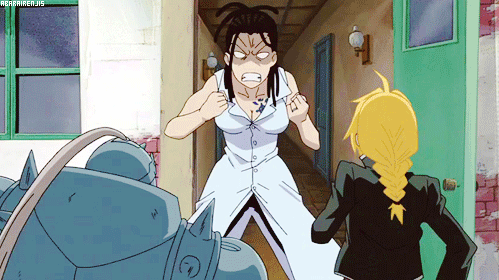
I see a common problem in published fiction where authors are afraid to do any lasting damage to the characters of the story. They’ll kill tiny characters of no significance, and they may even injury their protagonists a bit, but they won’t do anything that rips them apart internally or remove a prominent character that would upset audiences. Arakawa has no such fears, to the point of things being rather dangerous if you’re a character with a first and last name. These characters will feel pain both physically and emotionally, and maybe have their whole world ripped out from under them.
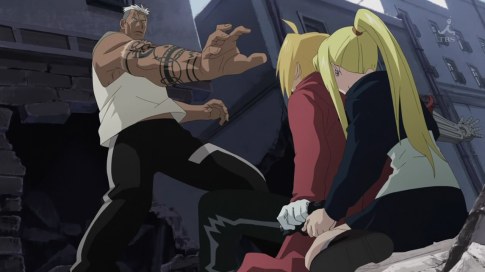
The best example in the show comes from the characters Winry and Scar. Scar is already tragic in his own right: his homeland of Isvalla is being invaded by a greedy, conspiracy-laced government. But then he wakes up in the hospital run by two people from the enemy country. He kills them in a blind panic, even though the two in question are doctors that are healing everyone and anyone they come across. And lo and behold, he’s confronted on his “Kill All Alchemist Quests” by their daughter. Said daughter has lost both parents in one swoop, is now facing their killer, and can’t bring herself to kill him.
But in that same moment, and other moments to follow, we see why this formula works so well. Because each of these characters have such a strong personality, they have a chance to shine when that tragedy strikes. Instead of crumbling under the trauma, most of them will build themselves back up to be bigger and better than they started.

The show’s main characters follow this principle to the letter. Ed and Alphonse have, arguably, lost the most of all the characters in the show: bodies, family, home, peace of mind, you name it. But, instead of crumbling into a pile of blood, flesh, and sadness, they burned down the family home and joined the army. They decided right then and there to fix the problem, no matter what it took, and became the righteous and lovable badasses that lead the show. Or, to take it to a side character, Roy Mustang finds himself in the midst of a massive government conspiracy that robs him of Maes Hughes, his best friend, and confident. And, while it’s clear that the sadness is crushing for him, it becomes the fuel for him to burn a path directly to the killer and the heart of government corruption.

And inspires some of his most badass moments
I could go on forever with how these characters shape up and become pedestal-worthy, but I can sense my worship-welcoming wearing thin. To bring it all succinctly to a close, Fullmetal Alchemist in its Brotherhood and Manga context works so well, even with non-anime fans, because it hits the major trends of writing while taking some huge risks. Everyone’s life is on the line as this mystery unfolds, but there’s not a point where you don’t dare give a crap for fear of instant loss. It ’s one hell of a tightrope to balance on, and I hope I can try it for myself one of these days.
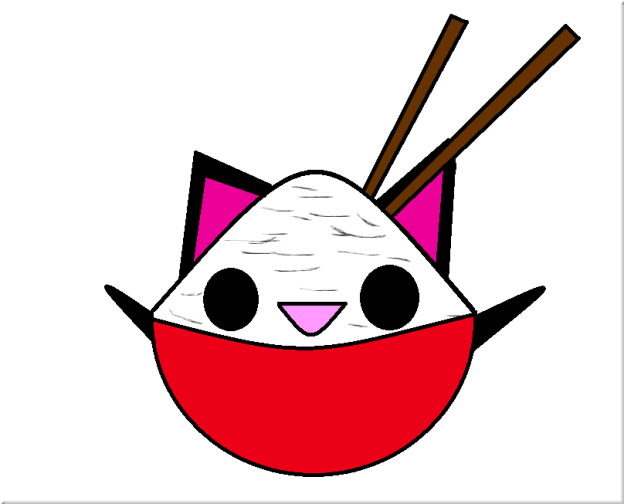






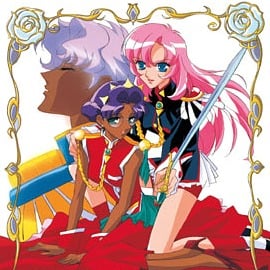

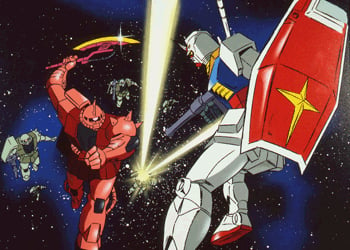 Of course, giant robots were a thing long before this series hit the ground. But the genre itself focused mostly on the Rule of Cool principle, with unruly and unrealistic robot designs that were impractical at best, impossible to work with at worst. Several shows in the 90s poked fun at that fact, and at the overall sentai-ish nature of it, but one series decided to “fix-it” with a hard-science approach.
Of course, giant robots were a thing long before this series hit the ground. But the genre itself focused mostly on the Rule of Cool principle, with unruly and unrealistic robot designs that were impractical at best, impossible to work with at worst. Several shows in the 90s poked fun at that fact, and at the overall sentai-ish nature of it, but one series decided to “fix-it” with a hard-science approach.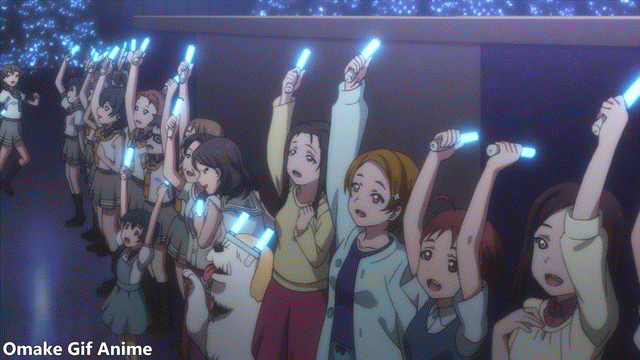
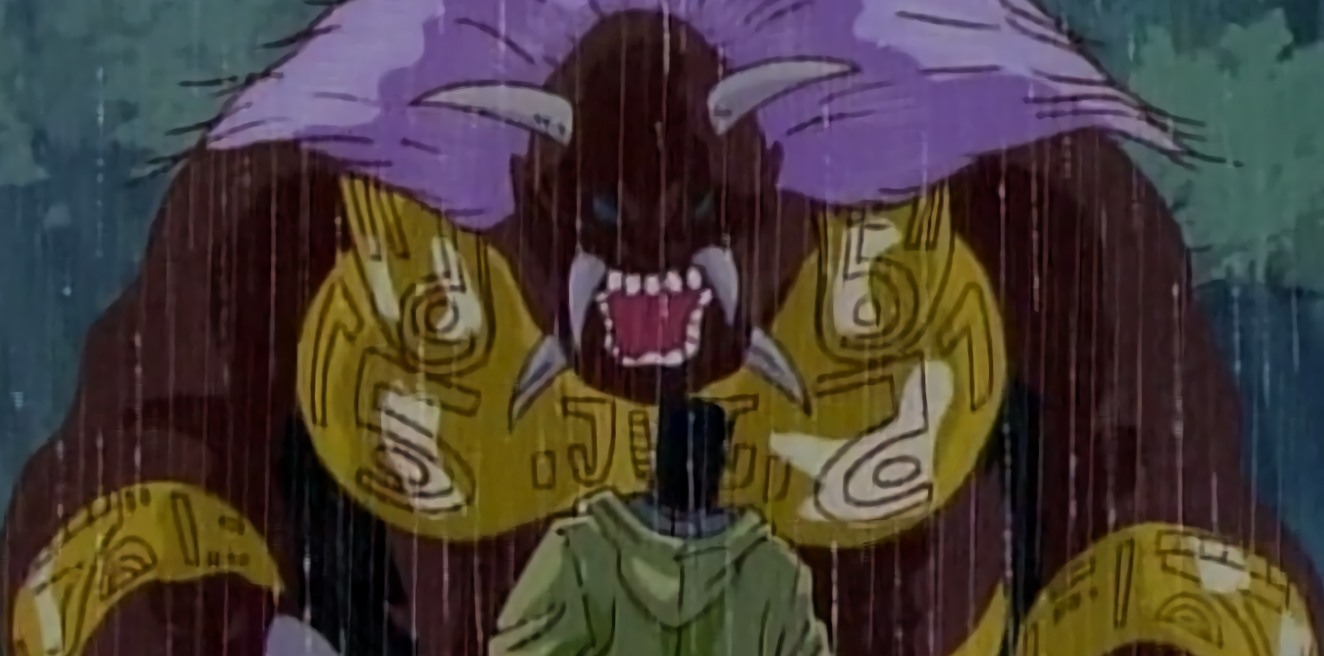

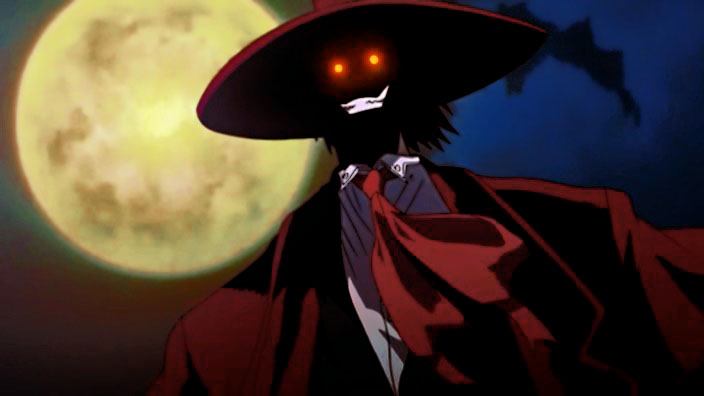

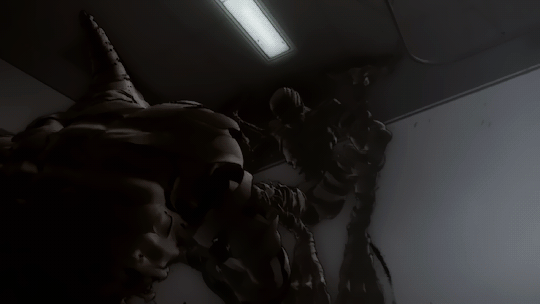




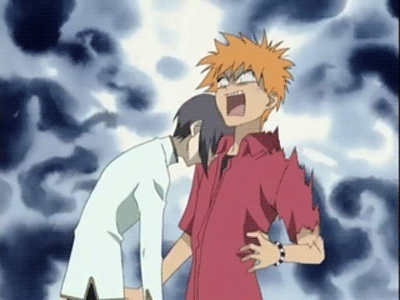
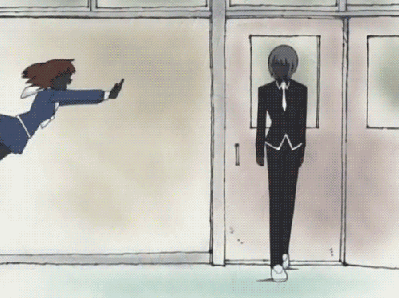








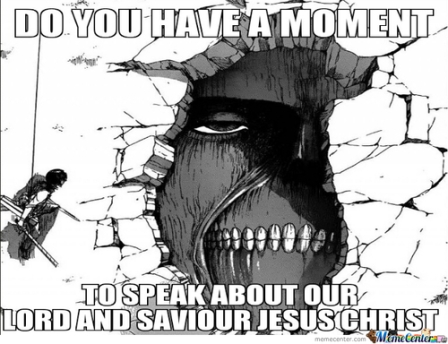




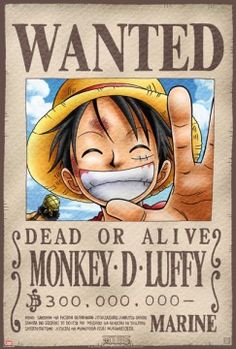 This is the face of “winning.”
This is the face of “winning.”